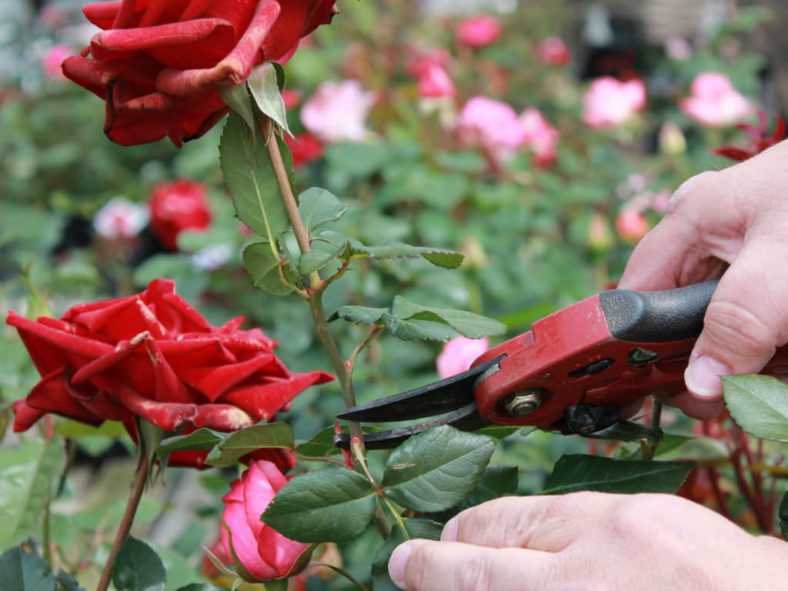Roses are timeless classics, well known for their brilliant blooms and, of course, their thorns. It should be removed when a rose is spent or has completed its flowering and is beginning to wilt. This process is known as "deadheading" and keeps roses looking attractive and encourages more blooms. Deadheading increases the number of flowers your rose produces each season.
What you are doing by deadheading is delaying the plant from producing fruit, the rose hips, and seeds that develop from flowers left on stems. When you deadhead, the rose directs its energy into producing another flower. Cutting off the spent flowers may also help improve the air circulation around a plant's stem and reduce fungal growth chances. The process also takes away hiding places for destructive insects.
Removing spent flowers only works with roses that are repeat bloomers, also called remontant roses. Most modern roses are good candidates for deadheading because they are genetically programmed to bloom multiple times during the growing season. On the other hand, many climbing, rambling, and old-fashioned roses bloom only once during the season. Therefore, you will not get any more flowers by cutting off the dead blossoms.

How to Deadhead
The location and type of cut you make when removing spent flowers make a difference to the plant's health and your success in getting more blooms.
Use very sharp pruning shears or garden scissors so you don't tear the plant's stem. Sterilize your clippers with rubbing alcohol between cuts to reduce the chances of spreading disease around the plant.
Cut at a 45-degree angle so water will run off instead of settling on the open cut.
Cut about 0.25 inches (0.6 cm) above the first leaflet with three full leaves on it for the first deadheading of the season when the stems are typically shortish. After the first deadheading, cut further down, to just above a leaflet with five leaves, for each subsequent cut.
Cut further down on the stem if you want to bring cut flowers into the house. This process will give you fewer but larger new flowers.
Seal the new cut with nail polish or white all-purpose glue to help ensure that insects or diseases don't infest the plant.
When Not to Deadhead
Once the weather turns cold and days shorten, your rose will instinctively want to turn its flowers into rose hips that produce seeds for reproduction. The plant also needs to retain energy in its roots for the next season, and deadheading thwarts that natural process. Stop deadheading in the fall and let the rose rest for the rest of the year.
Source: sfgate.com
Links
- Back to genus Rosa
- Plantpedia: Browse flowering plants by Scientific Name, Common Name, Genus, Family, USDA Hardiness Zone, or Origin

